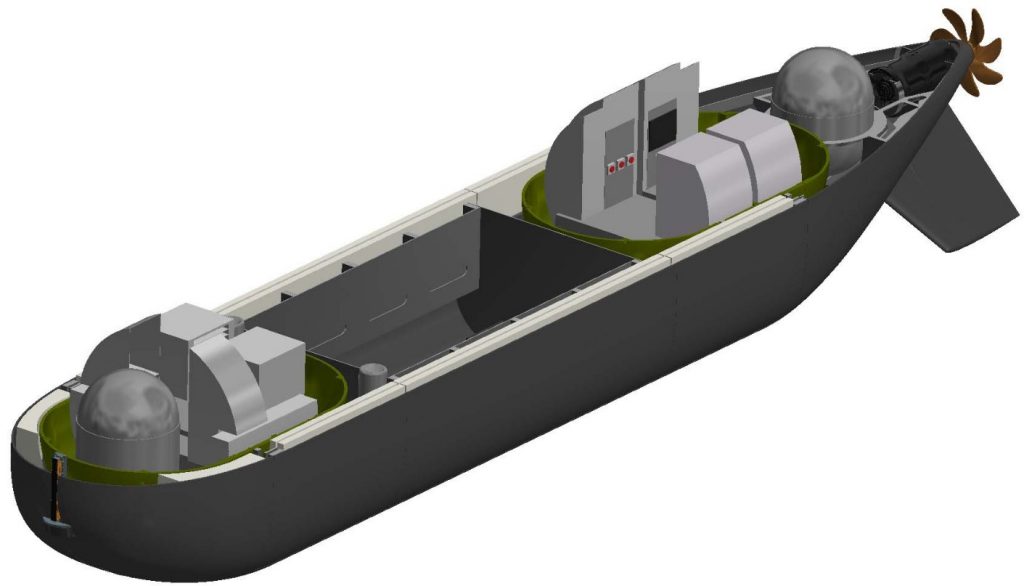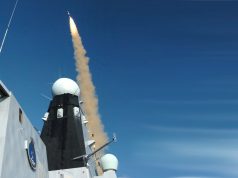The Royal Navy has placed an order for its first ever unmanned submarine, awarding MSubs a £15.4 million contract for work on the undertaking.
The service expects Cetus – as the project is named – to be in the water within the next two years. Eventually, the submarine will be tasked with monitoring hostile activity, listening out for ships or submarines which may pose a threat to the RN warships, or to key national infrastructure such as deep-sea cables and pipelines.
The Royal Navy has experimented with – and in some cases operated – autonomous underwater systems for more than a decade. Most are small, off-the-shelf technologies, largely used in minehunting.
Cetus, however, will be the largest and most complex crewless submersible operated by European navies, designed and built specially for the Royal Navy by Plymouth-based tech firm MSubs.
Funded by the Anti-Submarine Warfare Spearhead program, run by the Royal Navy’s “Develop Directorate” from their Headquarters in Portsmouth and delivered through the Submarine Delivery Agency in Bristol, this is the latest in a series of novel underwater technologies being brought to life to deal with the threats of the next decade.
First Sea Lord Admiral Sir Ben Key said: This is a hugely exciting moment for Project Cetus as the Royal Navy surges ahead with the development of autonomous technology.
“This Extra Large Autonomous Underwater Vehicle is a capability step-change in our mission to dominate the underwater battle space. And I am delighted that the project is able to support a small, innovative UK company which is at the cutting edge of this sector.”

At 12 meters long and 2.2 meters in diameter, the 17-ton submarine can fit inside a shipping container and be transported around the world to wherever the Fleet needs it.
The unarmed battery-powered craft will be able to dive deeper than any vessel in the current submarine fleet and cover up to 1,000 miles in a single mission.
Acting as an operational demonstrator, the goal is for Cetus – and its successors – to work side-by-side with traditional crewed submarines, such as the current Astute-class hunter-killers, or independently.
Autonomous minehunting systems are already operating in Scotland, driverless Pacific 24 sea boats are undergoing testing, numerous aerial drones are employed by ships both for reconnaissance/intelligence gathering and target practice for air defence.
And the Navy has invested in a dedicated tech trials ship, XV Patrick Blackett, to assess this new equipment and help determine how it might be used or integrated into the Fleet.
Cetus will do the same for the Silent Service, explained Lieutenant Commander Andrew Witts.
“One hundred and twenty years ago the Royal Navy had the foresight to invest in Holland I – the UK’s first submarine – which helped revolutionise naval warfare above and below the waves,” he said.
“Cetus is our first venture into large-scale, uncrewed submarines. It’s exciting, the possibilities are enormous, and I like to think Cetus could change the way we fight under the sea as much as those pioneers in Holland I did.”



























